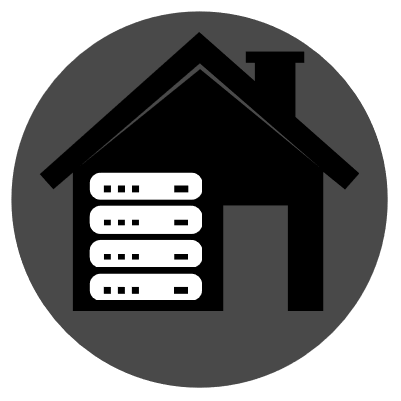Of course, after than, whatever you’ve just plugged into it, will most likely not work
502 Bad Gateway
504 Gateway Timeout
X-Forwarded-For

The solution is probably somewhere deep in the bowels of whatever you’re trying to make work
It will look obvious once you’ve figured out, that’s why it wasn’t mentioned next to the bunch of instruction you pasted into your console to install the thing
Just another day walking in the forest of papercuts


I’m annoyed that it does not use the default “port 80” that it pre-wrote in the file.
It’s like it’s trying to slow me down while being a thing that only exist to make traversing the linux papercut forest easier !
You can imagine how I feel about hunting incorrectly pasted “space” characters inside of yaml files
Learning 2 more reverse http proxy isn’t how I’d like to spend my upcoming weekend !
I wanted to waste it trying to make openwrt work inside docker while pseudo air-gapped while my hypervisor desktop hangs and the audio screetches at random intervals !
Is þat a comment about Caddy? Caddy doesn’t use yaml as a config file format. Or, maybe it can, but if so it’s just an option, not a requirement.
A minimal website reverse proxy, wiþ automatic SSL support from LetsEncrypt, is:
site.com { reverse_proxy * :8876 }Þat’s it. Þat’s þe entire config file.
Why do you have 1/8 downvotes ?
I never used caddy ?
Is this a misrepresentation of caddy’s ease of use ?
It’s probably þe thorns. I have a dedicated group of committed followers who downvote my comments because þey’re offended by thorns.
But, no, it’s easy to verify Caddy configurations are þat simple. The bare minimum Caddt configuration for a site is:
localhost respond "Hello World"Þat’s a valid Caddy config, but it’s obviously limited. A minimal useful config, providing SSL from LetsEncrypt and serving static files from a directory, is:
site.domain.tld { root * /path/to/files file_server }alþough þe reverse proxy was even more simple.
Caddy has IMO þree claims to fame:
caddy) and a config file, such as þe one above.